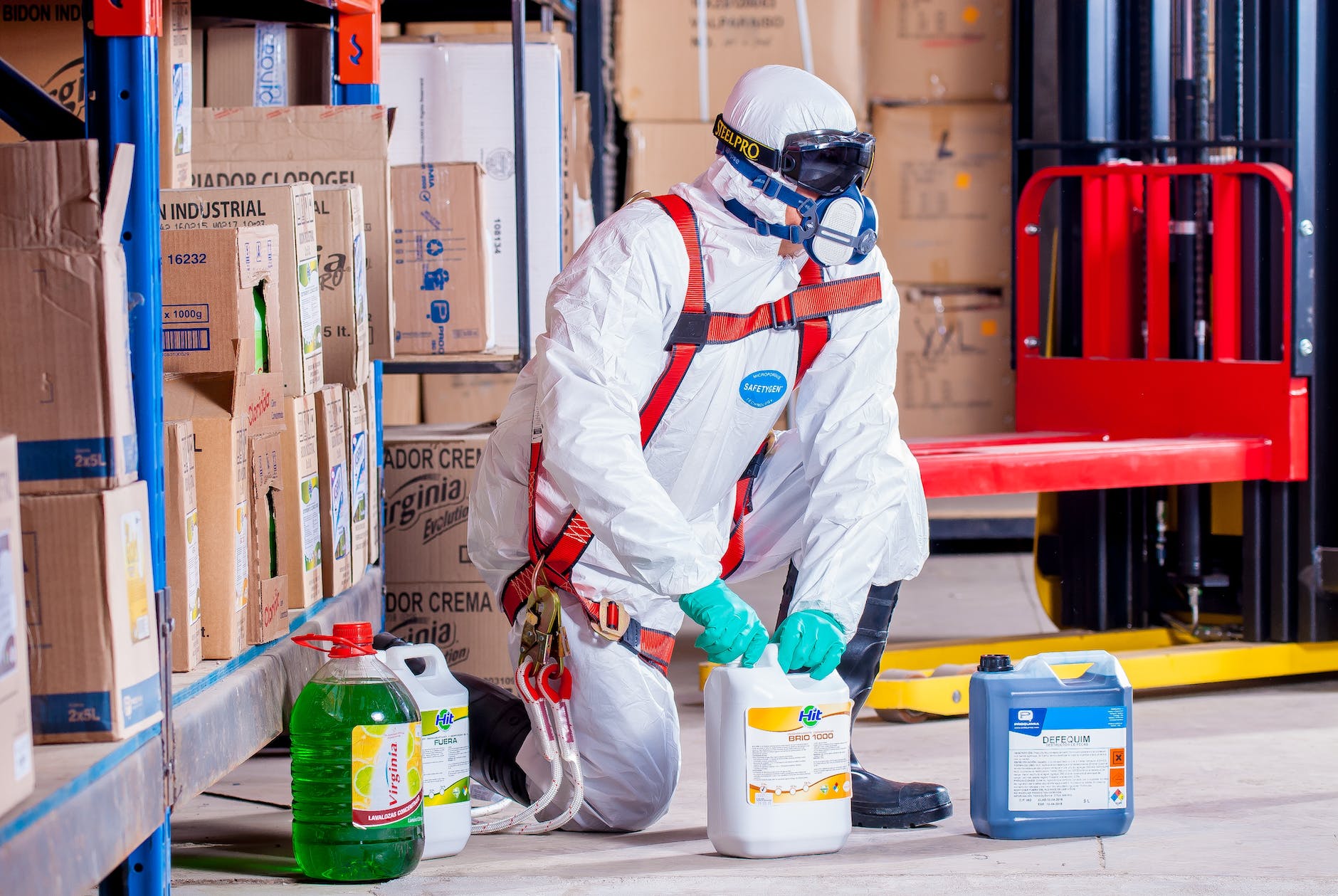
Safety Data Sheets for Chemicals
Chemicals play a crucial role in various industries, from manufacturing to healthcare. Understanding their properties, potential hazards, and safe handling procedures is essential. This is where Safety Data Sheets (SDS) come into play.
Introduction to Safety Data Sheets (SDS)
Safety Data Sheets, commonly referred to as SDS, are comprehensive documents that provide vital information about the properties, hazards, and safe handling practices of chemicals. They serve as a crucial resource for ensuring safety and promoting awareness among users.
Components of SDS
An SDS typically includes sections such as Identification, Hazard Identification, Composition/Ingredients, and First Aid Measures. Each section is meticulously designed to offer specific details about the chemical product and its potential risks.
Importance of SDS for Chemicals
SDS serves a dual purpose: regulatory compliance and safety management. Complying with regulatory standards is imperative for businesses dealing with chemicals, while SDS helps in effectively managing risks associated with these substances.
Accessing and Understanding SDS
Finding and interpreting SDS is crucial. Companies should know where to access these sheets and how to decipher the information presented within them to ensure proper comprehension of potential risks and necessary precautions.
Creating and Maintaining SDS
Manufacturers hold the responsibility of creating accurate SDS and updating them regularly to comply with evolving regulations. This ensures that the provided information remains current and relevant for users.
Safety Data Sheets (SDS) are crucial documents that provide detailed information about hazardous chemicals. They contain essential data regarding the properties of a substance, its potential hazards, safe handling, and emergency procedures. Here's an outline of what you might typically find in an SDS:- Identification: This section includes the product name, manufacturer information, intended use, and any specific identifiers.
- Hazards Identification: Details about the chemical’s potential hazards, such as physical, health, and environmental hazards.
- Composition/Information on Ingredients: A breakdown of the chemical’s components and their concentrations.
- First Aid Measures: Instructions on what to do in case of exposure, including steps for inhalation, skin or eye contact, and ingestion.
- Fire-Fighting Measures: Guidance on extinguishing methods, hazards related to the chemical during a fire, and protective equipment for firefighters.
- Accidental Release Measures: Procedures for containing spills, cleaning, and mitigating risks to humans and the environment.
- Handling and Storage: Guidelines for safe handling, storage conditions, incompatibilities, and precautions to minimize risks.
- Exposure Controls/Personal Protection: Information about exposure limits, protective equipment, and measures to control exposure.
- Physical and Chemical Properties: Details about the substance’s appearance, odor, pH, melting/boiling points, solubility, etc.
- Stability and Reactivity: Information on chemical stability, possibility of hazardous reactions, and incompatible materials.
- Toxicological Information: Data on the chemical’s potential health effects and routes of exposure.
- Ecological Information: Information on the environmental impact of the chemical.
- Disposal Considerations: Recommendations for safe disposal and handling of waste.
- Transport Information: Guidance for transporting the chemical safely.
- Regulatory Information: Information regarding regulatory requirements and classifications.
- Other Information: Additional details not covered in previous sections.
SDSs are important for ensuring workplace safety, emergency preparedness, and compliance with regulations. Always refer to the specific SDS for a chemical you are handling to ensure proper safety measures are taken.Best Practices for Handling Chemicals
Implementing safety precautions and emergency procedures is paramount when handling chemicals. Proper training and adherence to established safety protocols significantly reduce the risks associated with chemical exposure.
SDS in Workplace Safety Programs
Integrating SDS into workplace safety programs enhances employee awareness and contributes to a safer work environment. Education and training programs should emphasize the importance of SDS in mitigating risks.
Future Trends in SDS Development
Advancements in technology and global harmonization efforts are shaping the future of SDS. Innovations in information accessibility and standardization across regions will streamline safety practices globally.
In conclusion, Safety Data Sheets are indispensable tools for understanding, managing, and mitigating risks associated with chemicals. Their accessibility, comprehensiveness, and adherence to regulatory standards make them essential in ensuring safety across various industries.
OSHA Safety Data Sheets Sections
What is the First Step in a COSHH Assessment?
What is the Number 1 Golden Rule in COSHH?
FAQs
- Why are Safety Data Sheets important?Safety Data Sheets provide crucial information about the hazards and safe handling of chemicals, ensuring user safety.
- Who is responsible for creating SDS?Manufacturers are responsible for creating accurate SDS and updating them regularly.
- Where can I find Safety Data Sheets?SDS can be obtained from manufacturers, suppliers, or online databases.
- Are Safety Data Sheets the same globally?Efforts are being made towards global harmonization, but some variations may exist based on regional regulations.
- How often should SDS be updated?SDS should be updated whenever there are changes in the chemical composition or when new information becomes available.
























